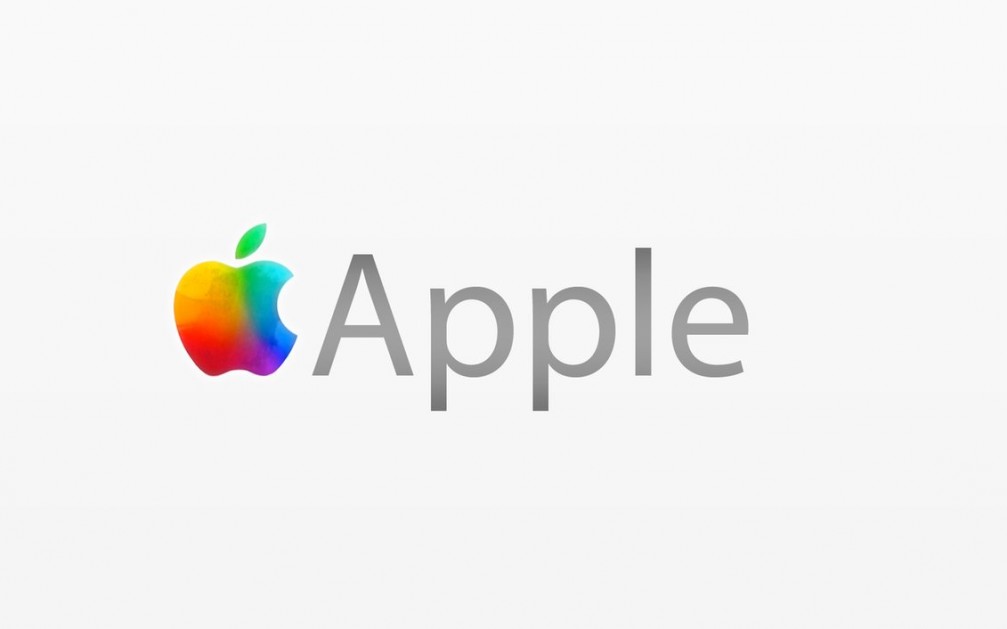 2240
2240
 2017-09-29
2017-09-29
Apple's iOS storage prices just went up due to higher NAND flash costs. But even with that, Apple's iOS storage prices are much better than they were 18 months ago -- and more favorable for larger capacities.
When I last mentioned Apple SSD prices, they maxed out at $2 per gigabyte. Apple's prices (per gigabyte) also tended to rise as capacity rose.
For example, under the pricing announced on June 5, 2017 at Apple's Worldwide Developers Conference, the first 192GB increment to the base configuration, costs $0.52 per gigabyte. The next increment, 448GB, costs $0.67 per gigabyte. Then, a couple of weeks ago, Apple quietly raised iPad Pro prices for the 256GB and 512GB models by $50 each.
Now Apple's storage prices are constant across capacity. Under the new pricing that was not announced -- simply inserted into the Apple Store -- a couple of weeks ago, that first 192GB now costs $0.78 per gigabyte. The added 448GB costs also costs $0.78 per gigabyte.

In fact, MacBook Pro flash increments are also $0.78 per gigabyte. So iOS has parity with the Mac in storage pricing as well.
Removing the price disincentive for larger capacities is a smart move for Apple. You want customers to have as useful and personal a product as possible, and it's storage that makes your iPad your iPad.
Apple must be very confident of its flash supply to do this. And a driver for its part of the winning bid for Toshiba's flash business.
Apple has been both a driver of and a beneficiary of the NAND flash revolution of the last 10 years. They've dropped prices by over half in the last couple of years, making its products more competitive.
Yet the semiconductor industry has a long history of boom-and-but cycles, which has become a growing concern with the rising cost of fabs. Few companies can afford to invest $8 billion in an unprofitable plant. As one of the world's largest consumers and innovators with flash, Apple can help keep all flash plants humming.
Source: zdnet